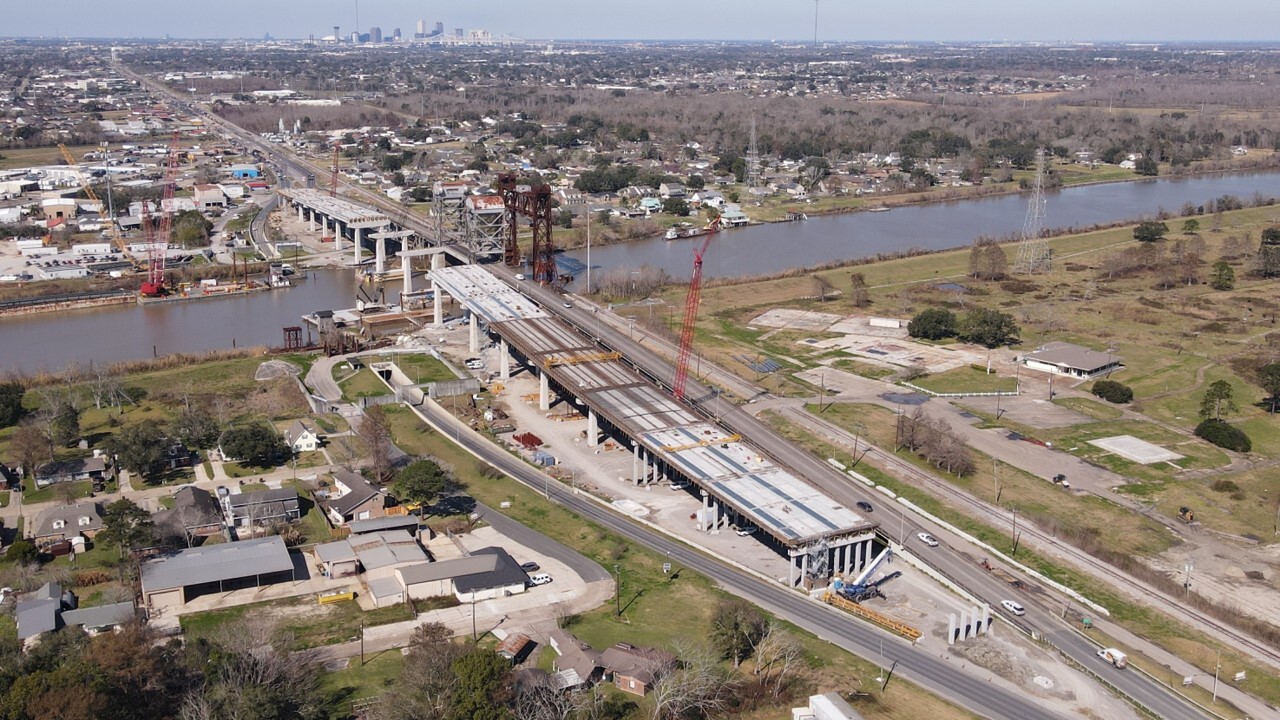

WASHINGTON — High-speed rail proponents rejoiced yesterday after President Obama announced the Federal Railroad Administration has awarded 31 states with a total of $8 billion of high-speed rail grants, the largest of which will go to California, Florida, and the Midwest region.
The administration is framing the rail initiative as a job creator and Vice President Joe Biden said more funding is on the way.
“We have committed to another $5 billion of funding over the next five years,” Biden said, adding that the network will span the country “just like the Interstate Highway System did.”
Last year, the White House requested $1 billion per year over five years for high-speed rail, but Congress appropriated $2.5 billion for this year, going way beyond the budget request. The administration’s fiscal 2011 budget proposal will be released Monday.
The $8 billion from the American Recovery and Reinvestment Act, however, was intended as seed money.
The funds are spread thinly in many places, with some projects receiving $1 million or less. But even a small amount will stimulate private investment because it shows the federal government’s intent is serious, according to high-speed rail proponents.
“The idea [was] to get a pipeline set up, and get a lot of different projects at different stages in the pipeline,” said Andy Kunz, president and chief executive officer of the U.S. High Speed Rail Association. The group’s grand plan includes a 17,000-mile national high-speed rail network by 2030.
The next round of federal funds for high-speed rail will “probably include Texas, Georgia, the Carolinas, the Northeast,” he predicted.
The big winners this time include the Midwest region, with $2.6 billion, mostly to speed up passenger rail between Chicago and St. Louis, to build and improve stations between Milwaukee and Madison, Wis., and to pay for a number of Ohio projects, including track upgrades and new stations.
“This is incredibly exciting. Of course, it’s not as much as we wanted; we want to be where France is today or where China is going,” said Rick Harnish, executive director of the Midwest High Speed Rail Association. “But given where we’ve been in the last 50 years, this is huge.”
Harnish said he hopes Illinois will put forward $400 million of bonds to advance its project, and other states will follow suit with their own bond issuances.
California is set to receive $2.25 billion to purchase rights-of-way, build track, and finish environmental reviews and engineering of a high-speed rail line linking central and southern California.
Gov. Arnold Schwarzenegger called California’s award “fantastic news” for the “largest public works in the nation,” noting that the state pledged to match the federal grant dollar for dollar. The state approved nearly $10 billion of bonds for the rail line, and the project is expected to include a public-private partnership.
Florida will get $1.25 billion to build 84 miles of track, build and enhance stations, and buy equipment for its first phase of high-speed rail.
The Florida Department of Transportation would oversee the project along with a specially appointed commission.
“We’re excited about the opportunity to be part of the implementation of high-speed rail,” said Kevin Thibault, FDOT’s assistant secretary for engineering and operations. “We hope we receive something that would make up the difference.”
Though there have been complaints — including from House Transportation Committee ranking member John Mica, R-Fla., yesterday — that the federal program lacks adequate private-sector financial commitment, Thibault said Florida’s project was always envisioned as having the private sector operate and maintain the rail system to lessen the “ridership” risk that many fear with such mega-sized transit projects.
Mica and other Republicans also criticized Obama’s decision to spend money on high-speed rail now, saying it is unwise fiscal policy. But Kunz said private investment, pension funds, and bond issuance can be expected now that high-speed rail is beginning.
Most states were granted a portion of what they requested from the ARRA program, so bond issuance is a likely option for additional financing, he said.
“This is probably where we’ll step in and see what private capital we can bring in, and maybe match it with the states ... Once it’s rolling, it will roll fast,” Kunz said. “Our phone is ringing off the hook.”
A multi-year transportation bill currently pending in the House would give rail substantial funding — as much as $50 billion — to lay the groundwork for a national network, he added.
The High Speed Rail Association is currently working with financial advisory companies to obtain $100 billion for high-speed rail in the U.S. Kunz estimates that if American rail can attract capital from France, China, Korea, Japan, Canada, and “maybe some of the Goldman, Sachs-kind of companies,” the fund would be well on its way.
“The fact that the [U.S.] government is even putting in a small amount of money tells the private companies ... the government is showing some interest,” Kunz said. Before high-speed rail was a federal funding priority, investors thought, “We’re not going to put in a penny of our money because it’ll be wasted,” he said.





